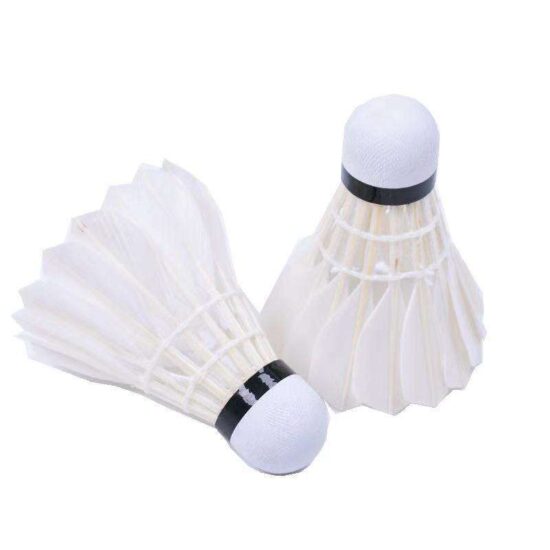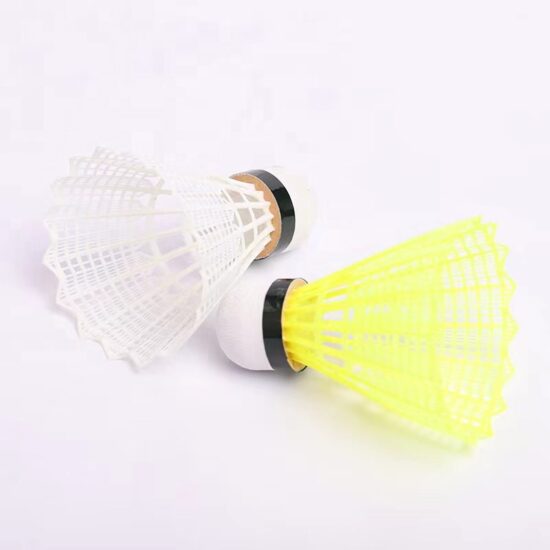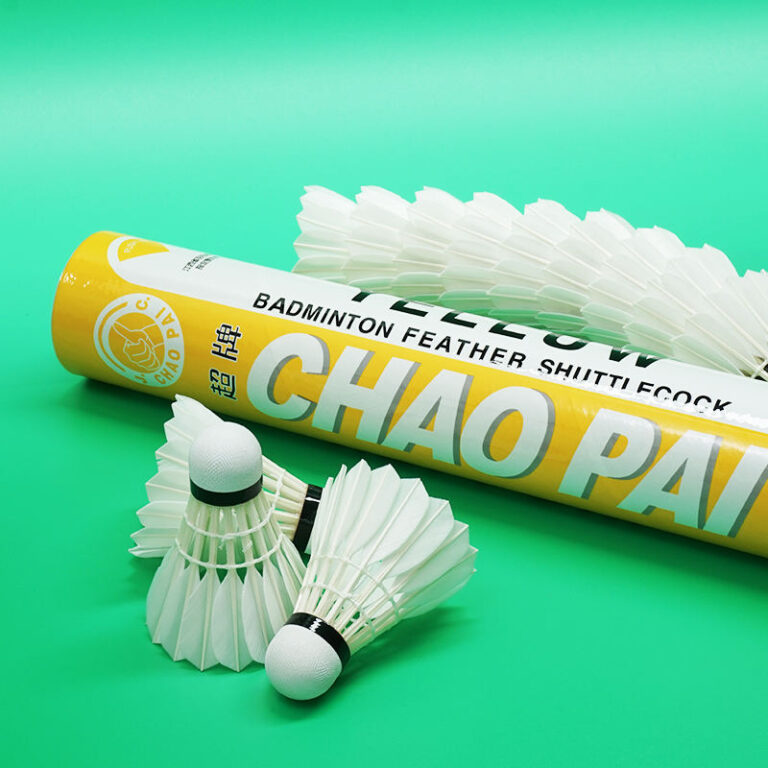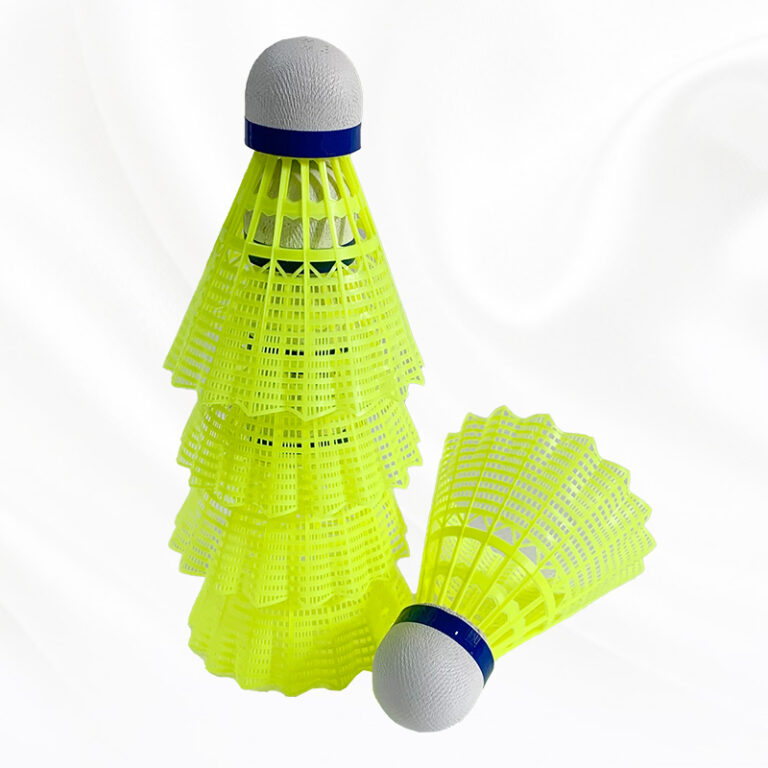jay@nbdho.com
How Weather Conditions Affect Feather Shuttlecock Performance
Here’s an SEO-optimized blog post for the title: “How Weather Conditions Affect Feather Shuttlecock Performance”
How Weather Conditions Affect Feather Shuttlecock Performance
Feather shuttlecocks are prized for their precision and flight quality, but they are also highly sensitive to weather conditions. Unlike synthetic nylon shuttles, feather shuttlecocks are made from natural materials like goose or duck feathers, which respond to changes in temperature, humidity, and air pressure.
If you’ve ever wondered why your shuttle flies differently on certain days, here’s how the weather can impact performance—and what you can do to adapt.
🌡️ 1. Temperature Effects
Cold Weather
- Feathers become stiffer and more brittle
- Increased risk of breakage during smashes
- Shuttlecock flight becomes slower and less responsive
Hot Weather
- Feathers soften and may lose shape faster
- Cork base may expand slightly, affecting bounce and control
- Shuttles may fly faster due to lower air density
🛠️ Tip: In colder conditions, warm up the shuttlecock before play (use gentle rallies or store them at room temperature before use).
💧 2. Humidity Levels
Low Humidity (Dry Air)
- Feathers dry out and become brittle
- Shuttle speed increases, but durability drops sharply
- Leads to fraying or cracking after a few hits
High Humidity
- Feathers absorb moisture, making shuttles heavier
- Flight becomes slower and less crisp
- May lose spin and feel less responsive
🛠️ Tip: Use a humidifier tube or place a damp sponge inside your shuttle tube overnight to maintain ideal feather moisture.
🌬️ 3. Air Pressure & Altitude
- At high altitudes or in low-pressure environments, air resistance is lower
→ Shuttles fly faster and travel further - At sea level or high-pressure conditions, shuttle flight is slower and shorter
🛠️ Tip: Choose a shuttle speed suited to your altitude. Most brands offer speed variations (76, 77, 78, 79) to accommodate different climates and altitudes.
🌤️ 4. Outdoor vs. Indoor Play
Feather shuttlecocks are not designed for outdoor use, especially in:
- Windy conditions: Easily blown off-course
- Direct sunlight: Feathers dry out quickly and become fragile
- Rain or moisture: Feathers absorb water, becoming soggy and unusable
🛠️ Tip: Stick to indoor courts with stable climate control when using feather shuttlecocks.
✅ Summary: Weather Impacts at a Glance
| Weather Condition | Effect on Shuttlecock | Recommendation |
|---|---|---|
| Cold & Dry | Brittle, faster flight | Warm and humidify before use |
| Hot & Humid | Heavier, slower flight | Use higher-speed shuttle (77 or 78) |
| High Altitude | Longer flight, faster | Use lower-speed shuttle (76 or 77) |
| Rain / Outdoor | Wet, unstable, poor performance | Avoid outdoor use entirely |
Final Thoughts
Weather can dramatically affect the performance and lifespan of feather shuttlecocks. By understanding and adjusting to temperature, humidity, and altitude, you can maintain consistent gameplay and protect your investment.
Smart storage + the right shuttle speed = better performance in any condition.
Would you like help selecting shuttlecock speeds or products optimized for your local climate?





